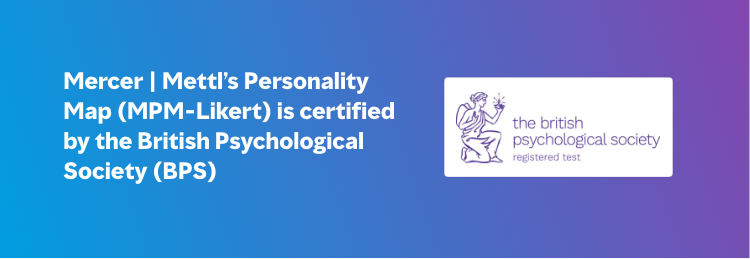The trait-based approach is usually preferred the most to assess personality in the workplace. It allows you to compare two individuals on the same set of parameters quantitatively.
The trait-based model tends to be distributed normally. Statistical research indicates that about 68 percent of the people tested scored in the middle range – with a decreasing percent scoring by the extremes. In contrast, type dimensions are not distributed normally in the population – why some types are more prevalent than others. Therefore, those categorized under certain types may not be deemed fit for most roles in a conventional organization.
‘Type’ is normative in the type-based approach. One does not have a ‘type’ to be or a ‘normal’ or ‘best’ score to obtain. Most type-based tools are not quantitative. Hence, it is challenging to track the development or improvement in desired behaviors or competencies over a prolonged duration, even within a particular type.
Individuals can be placed on an infinite number of places on the sliding scales of traits, using the trait theory approach. However, the type-based assessment identifies with a limited number of ‘types.’ The desired behaviors for a certain requirement may be somewhat diverse, depending on the organizations’ dynamic expectations. Hence, trait-based assessments allow focusing on the relevant traits and understanding an individual’s readiness.
Personality Testing in the Workplace
Personality tests intended for commercial use undergo rigorous quality checks. They are standardized as per the standards defined by recognized bodies, such as AERA (The American Educational Research Association), APA (The American Psychological Association), NCME (The National Council on Measurement in Education) and EFPA (European Federation of Professional Psychologists’ Associations). Other such recognized bodies include Uniform Guidelines on Employee Selection Procedures (EEOC, 1978) and SIOP (The Society for Industrial and Organizational Psychology). All of them are experts in I-O psychology.
The theory backing the personality test is perhaps more important than the test. A personality test’s validity and reliability are rooted in a scientific framework while allowing flexibility within a defined structure. The guidelines ensure that the assessments are free from any adverse impact across age, gender and ethnicity. Consequently, they can be used across diverse populations, irrespective of age, gender, education and native language.
There is no concept of a universal personality test. However, norming comes to play here. Each personality test you use is normed considering a certain heterogeneous group, with a representative sample of diverse ages, gender, education, etc. Norming is an important consideration when choosing a personality test for a specific subset of people.









 Behavioral Competencies
Behavioral Competencies Cognitive Competencies
Cognitive Competencies Coding Competencies
Coding Competencies Domain Competencies
Domain Competencies































Would you like to comment?